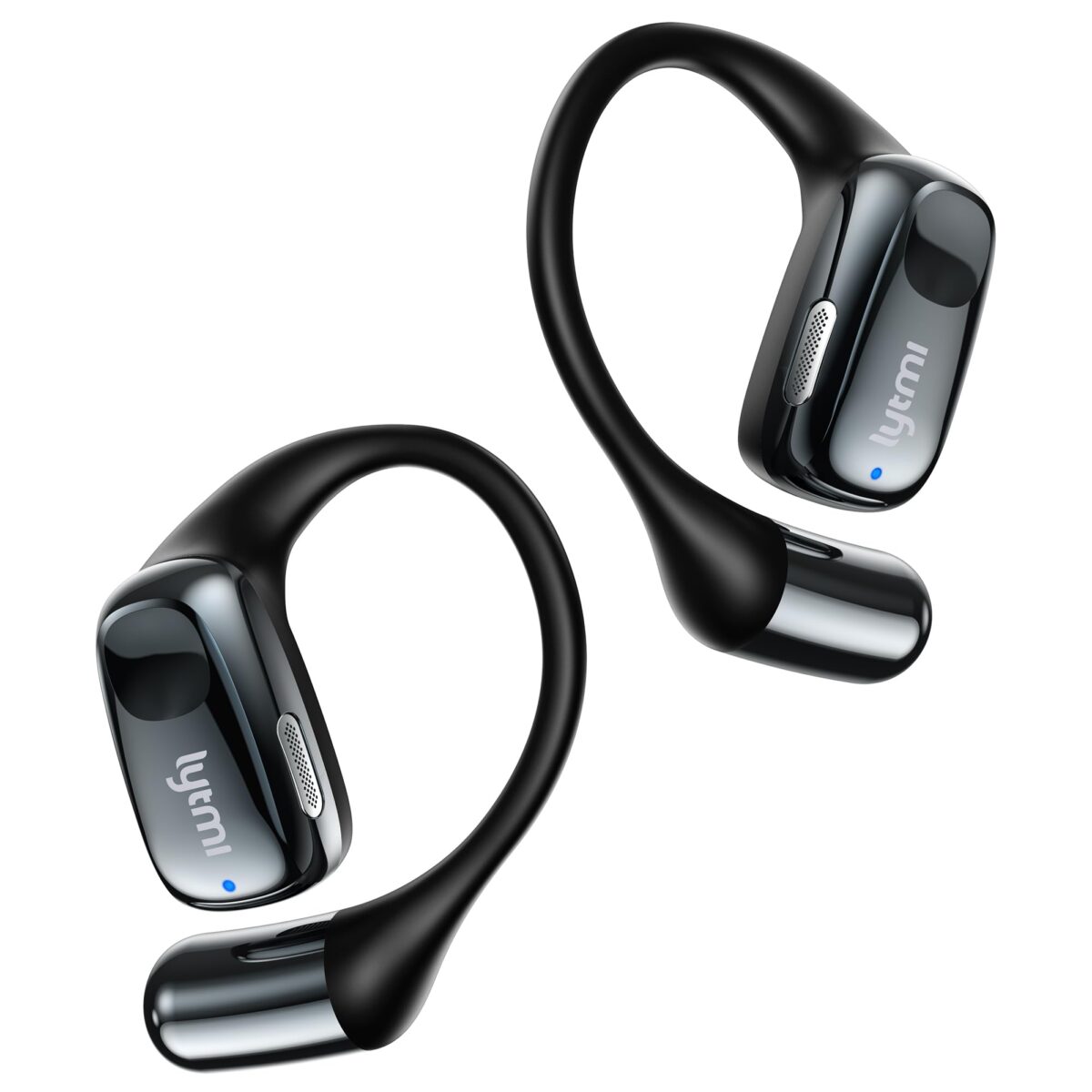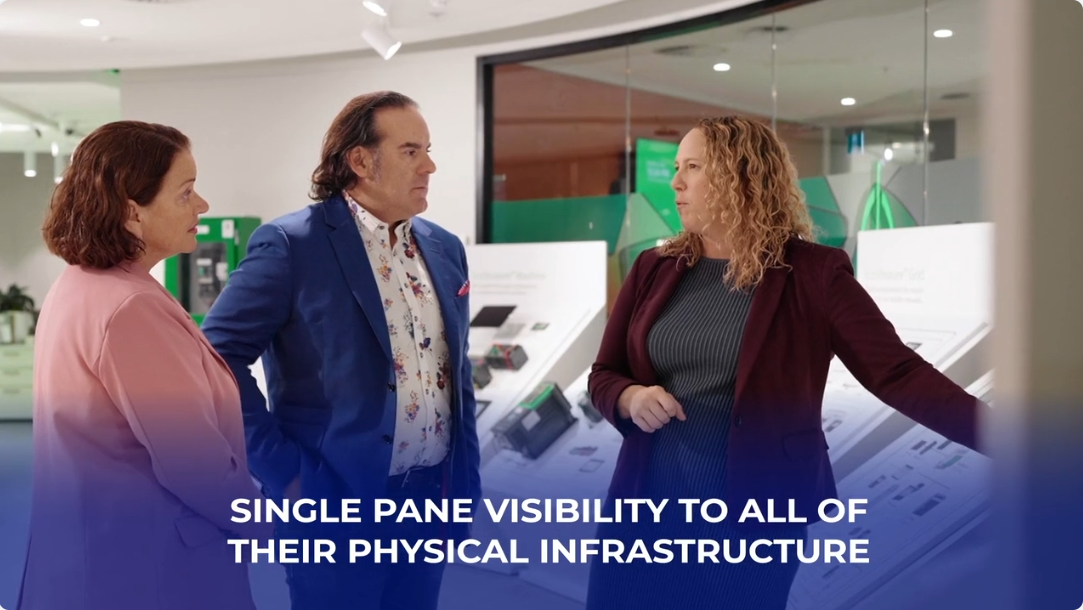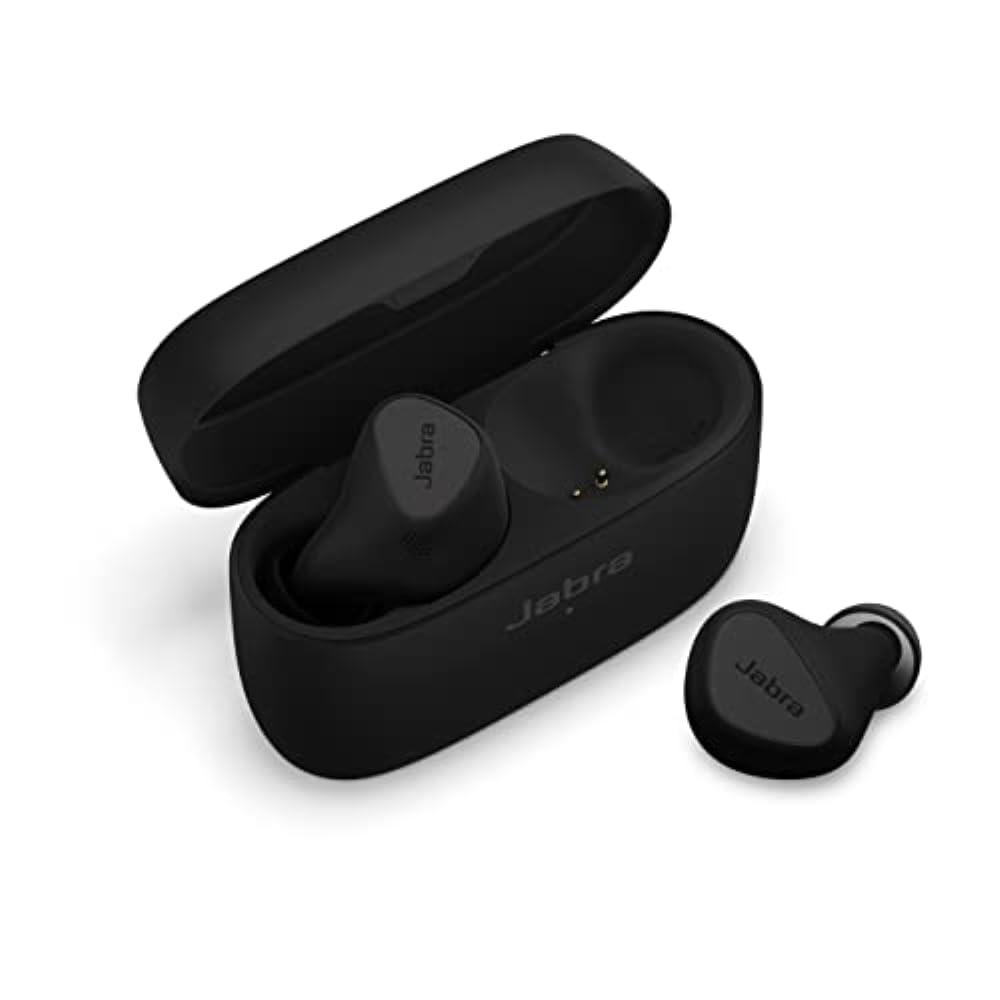ASD Secures $70 Million Agreement with AWS for Cloud Solutions
We independently review everything we recommend. When you buy through our links, we may earn a commission which is paid directly to our Australia-based writers, editors, and support staff. Thank you for your support!
Quick Review
- The Australian Signals Directorate (ASD) has formalized a $70 million agreement with AWS.
- This arrangement is part of a broader $364 million government-wide contract with AWS.
- AWS is set to create a Top Secret Cloud for national security purposes.
- The project is anticipated to improve Australia’s cyber defence over the upcoming decade with an estimated $2 billion expenditure.
- Federal agencies have already secured $364 million in contracts with AWS since April 2025.
ASD Finalizes Historic $70 Million Agreement with AWS

The Australian Signals Directorate (ASD) has entered into a significant $70 million contract with Amazon Web Services (AWS), marking a notable achievement in Australia’s cloud service arena. This agreement is part of a larger, renegotiated government-wide deal with AWS, now worth approximately $364 million.
Cloud Solutions for Enhanced National Security
This new deal significantly surpasses the $6.3 million total value of ASD’s previous 13 contracts with AWS, reaching back to 2017. AWS is entrusted with the creation of a Top Secret (TS) Cloud, specifically tailored for ASD’s applications in national security. The initiative is projected to incur a minimum cost of $2 billion over the next decade, with the goal of substantially enhancing Australia’s cyber defence capabilities.
Transforming Cloud Services Across Government
The three-year agreement was facilitated via the Digital Transformation Agency’s renewed whole-of-government contract with AWS for public cloud services, which was originally established in 2019. The initial contract valued at $39 million, grew to $390.8 million over three years. The government renewed this contract in 2022 for an additional three years at $174.1 million, reflecting the increasing dependence on AWS’s cloud infrastructure.
Cloud Investments by Federal Agencies
An examination of contracts released on AusTender shows that since the latest renewal became effective on April 1, 2025, federal agencies have entered into agreements totaling $364 million in just over two months. The Australian Taxation Office (ATO) leads with a $147 million contract, followed by the Digital Transformation Agency at $64.7 million, the Australian Securities and Investments Commission at $23 million, the Australian Bureau of Statistics at $19.2 million, and the Department of Home Affairs at $14 million. Furthermore, the Department of Health and Aged Care allotted AWS a $22.9 million contract under a separate agreement.
Recap
The ASD’s $70 million contract with AWS signifies a crucial turning point in Australia’s digital overhaul and cyber defence strategy. As AWS continues to grow its data centre operations in Sydney and Melbourne, the collaboration is set to strengthen the country’s security framework through innovative cloud solutions. The significant investments from various federal bodies further highlight the government’s dedication to integrating cloud technology for enhanced operational effectiveness and security.













